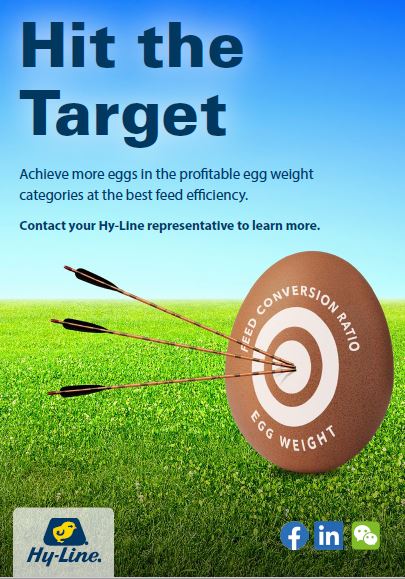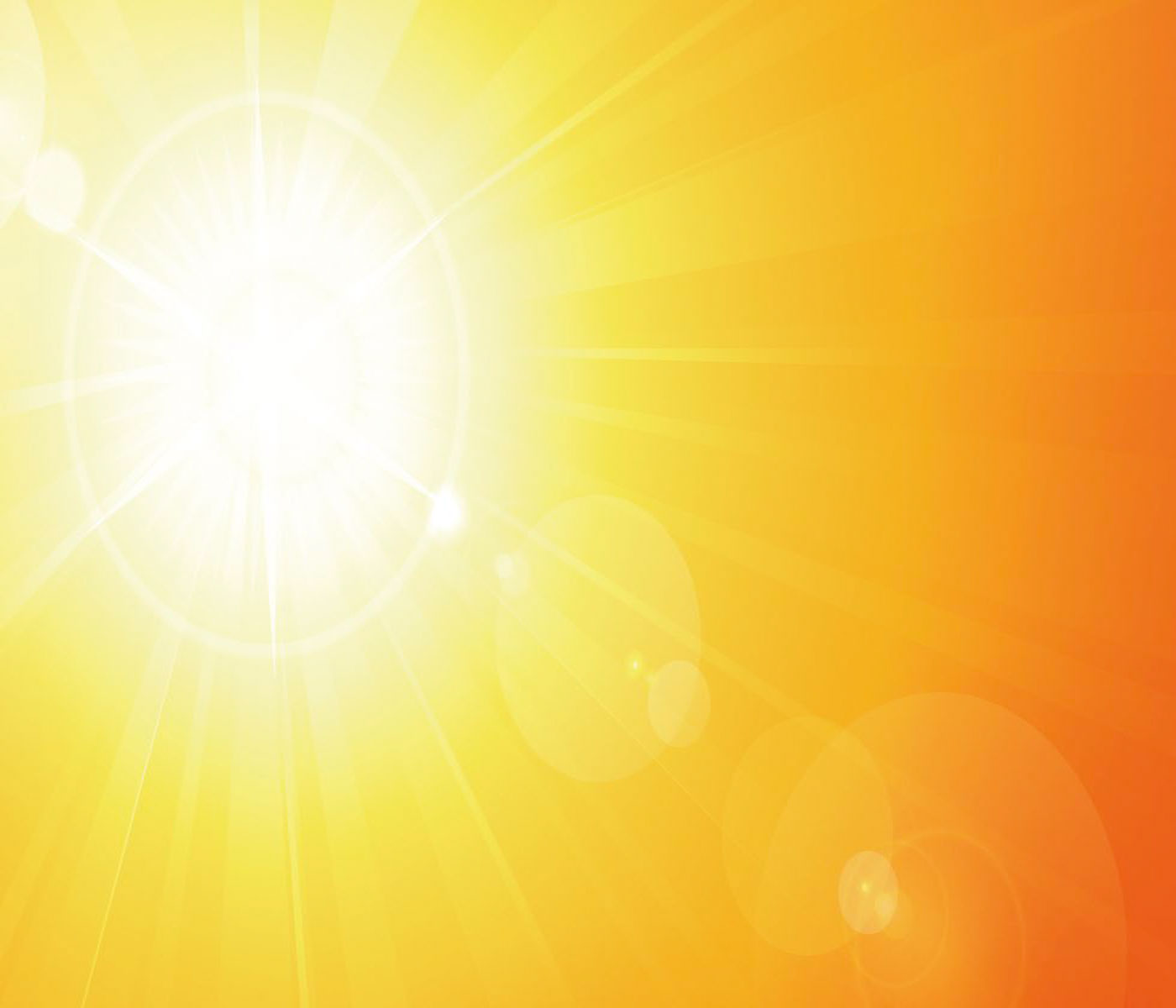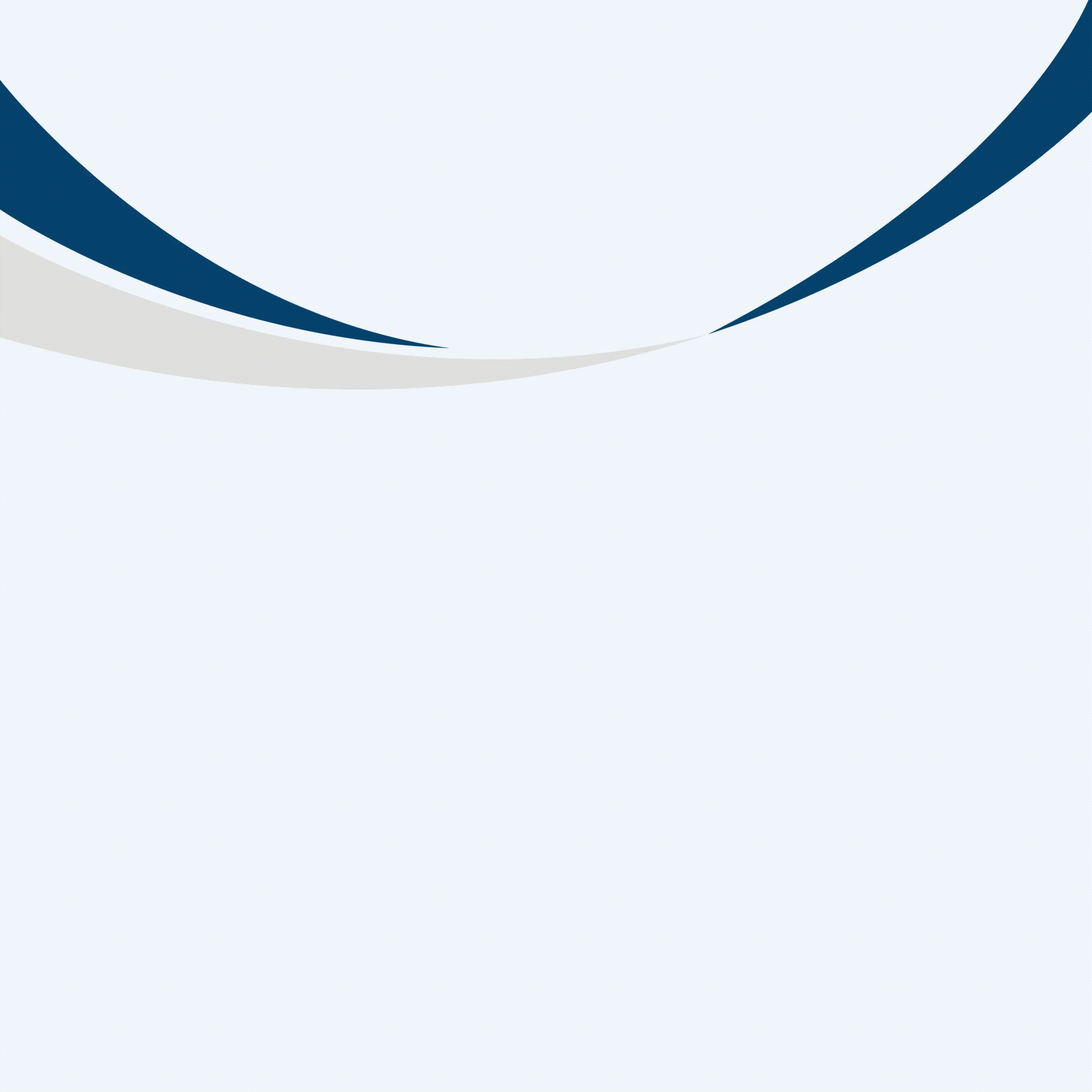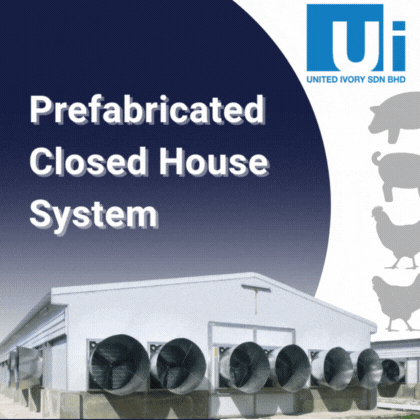Content available at: Indonesia (Indonesian) Melayu (Malay) ไทย (Thai) Tiếng Việt (Vietnamese) Philipino
Heat waves, according to the World Meteorological Organization (WMO), “occurs when, over an interval of at least 6 consecutive days, the daily maximum temperature is 5°C higher than the daily average value of the reference period”.
As direct negative effects on the performance of commercial laying hens caused by high temperatures and relative humidity are:
- Reduction in feed consumption.
- Drop in production.
- Reduction in egg quality and, mainly,
- Increased mortality rate.
If we evaluate what is happening lately, we perceive that the occurrences of heat waves are more and more present in our reality.
In this context, it can be said that heat stress is related to the result of the negative balance between:
- The amount of heat dissipated from the animal to the surrounding environment and,
- The amount of heat produced by the animal itself.
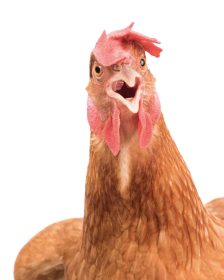
If we consider that the best condition would be the maintenance of thermal equilibrium, stress is precisely the imbalance that leads the animal organism to use different ways to maintain itself.
Birds are homeothermic animals, that is, they keep their body temperature relatively constant (approximately 41°C), but their characteristic is the absence of sweat glands, which makes heat exchange with the environment difficult.
Because of this, birds can exchange heat with the environment by four means in order to keep their body temperature in equilibrium:
- Convection.
- Conduction.
- Radiation.
- Respiration.
Respecting the limits of the thermoneutrality zone for laying hens under “normal conditions” is no longer an easy task and it is not adopted by everyone. Under heat wave conditions, the losses incurred are very significant from an economic point of view due to high mortality rates, as has occurred in Brazil in the spring and summer period.
Considering the ideal temperature ranges for a rearing system, the following figure shows the recommended limits for the different phases during rearing and production.

In a simple direct analysis it is possible to conclude that in case of heat waves the production conditions will be well above the recommended ideal temperatures.
In addition to the conditions related to temperature, the relative humidity values of the air must be associated in the complete interpretation of the physical environment. The production environment is not evaluated only with temperature values.
Temperature and relative humidity air values should be considered together in the evaluation of the microclimate of an aviary.
Even so, considering:
- Genetic requirements.
- Breeding phase.
- At the present time, it must be taken into account the production system, that is, whether the laying hens are kept in conventional systems (cage) or cage-free systems.
This fact, which is no longer simple, cannot be treated in the same way from the point of view of the environment and comfort of the birds, since are very different conditions, even though the birds have the same thermoneutral zone.
The thermal behavior of the facilities is very different. Thus, it is necessary to differentiate the environmental traits, considering that the environment of hens in cages is totally different from the environment of cage-free hens.
ENVIRONMENT: CAGED HENS VS. CAGE-FREE HENS
In addition to the heat coming from direct solar radiation, the facility already has the internal heat production associated with the birds themselves and their droppings. Additionally, indirect solar radiation reflected from the outside to the inside of the facility, mainly in the Californian or similar models that do not have curtains or other protection against radiation.
Removing internal heat from the facility is essential to maintain environmental control for the laying hens, in this case there are two ways:
- Prevent heat entry – Insulation (ceilings, coverings, curtains, tunnel systems, materials of low thermal conductivity – good insulators).
- Remove internal heat – Ventilation (positive, negative, crossed, which will depend on the dimensions of the sheds and the temperature gradient between the internal and external environment, which will define the necessary air flow for the chickens).
The two considerations mentioned above are crucial for the good performance of an environmental control project for laying hens.
Even so, there are situations in the field where control is not effective. It is not enough to have air conditioning equipment if it is operating at maximum performance.
Figure 2 below shows a climate controlled shed for laying hens, however, the wind flow is not sufficient to remove the internal heat from the structure.
In these situations, it is important to consider the amount of water vapor in the production environment (relative humidity) and the temperature difference between the inlet (start) and outlet (end) of the shed.
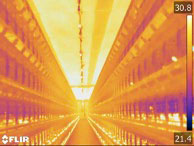
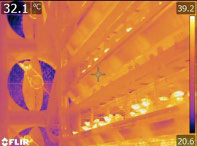
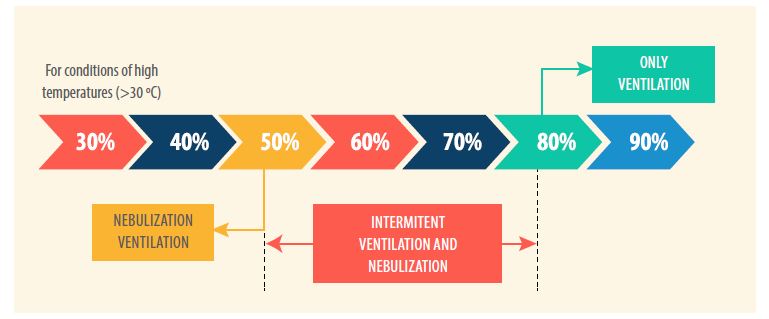
The need for an efficient cooling system must still be linked to heat wave management. This management will depend on external conditions where the shed is located.
A didactic protocol, which should be considered and applied as a starting point in air conditioning projects, is associated with the psychrometric characteristics of the air and can be seen in Figure 3.
The local relative humidity is fundamental in making decisions on the management of the cooling system to be adopted.
Figure 3 should be used as a practical and conceptual reference, showing that in environments with relative humidity above 80%, misting programs or activation of evaporative panels should not be activated. Unfortunately, in the countryside it is very common to see the opposite.
What reduces the internal temperature of the aviary is the evaporation capacity of the dry air mass. And in this process there is an energy consumption that reduces the temperature. The cooling potential as a function of temperature and humidity variation in an environment can be seen in the classic work of Jin Donald (1999) in Table 1.
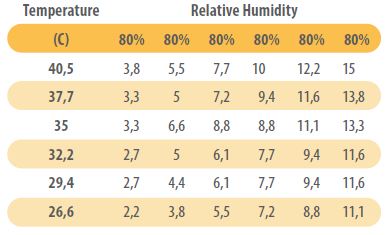
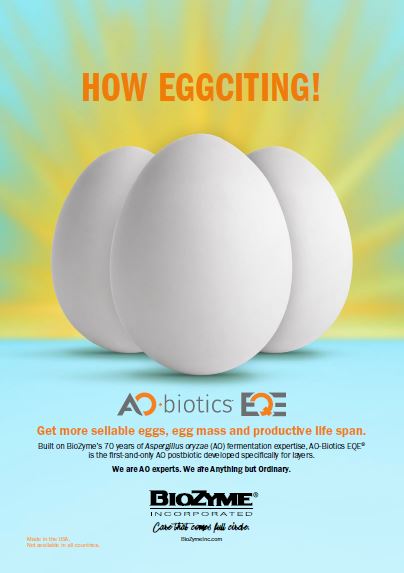
HOW TO SOLVE?
A number of simple measures can mitigate the effects of heat stress in birds, mainly related to the environment. We highlight here the measures mainly related to open systems, where we with open systems, where we have a more difficult control of environmental conditions due to the absence of mechanisms to do so:
1. The roof is one of the most important structures of the facility, since it prevents direct solar radiation on the birds. Thus, the roofing material must have high solar reflectivity, low thermal emissivity and low solar absorptivity. This means, it must reflect as much solar radiation and absorb as little as possible, emitting the least amount of heat into the facility.
Paint the ceiling white, regardless of the roofing material, greatly helps to reduce the temperature inside the shed, as this color facilitates solar reflectivity.
2. Ventilation: In open systems, curtain management already provides great support for natural ventilation. But in situations of extreme heat, artificial ventilation is essential. This does not promote a reduction in ambient temperature, but helps reduce the temperature that birds feel (modifies the thermal sensation), given that acts by renewing the nearby air to them, helping the process of convection.
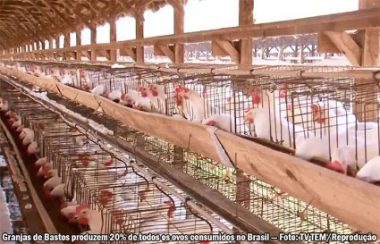
3. Ventilation associated with misting has an even better effect, since it promotes the reduction of temperature, as mentioned above, even taking the necessary care according to the variability of local humidity.
4. Microclimate around the farm: The surrounding area plays an important role. The soil should also be covered with vegetation, as evapotranspiration contributes to temperature reduction. In addition, the bare soil ends up reflecting more heat in the installation. Natural shade helps to maintain a more comfortable temperature inside the shed.
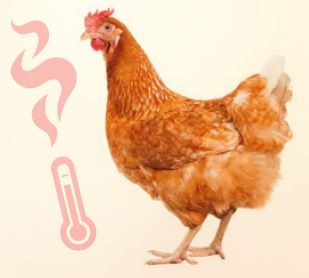
5. Drinking water temperature can also improve the birds’ response to heat. Studies have shown better performance (feed intake and egg production) for birds with access to cold water compared to birds with access to room temperature water. Cooling drinking water may not be feasible due to the high cost, but simpler measures such as insulating water tanks and distribution systems can improve the situation. Unlike in the the past, today there are a number of products that allow for excellent insulation even in heat wave conditions.
6. Adoption of an adequate housing density: according to the construction and climatic characteristics of each region.
7. Correct nutritional management: providing a feed ration that allows a lower production of caloric increase.
WHAT ABOUT THE FUTURE?
There is no room for amateurism when it comes to the animal environment. It is no longer selling equipment, or air-conditioning a facility at any price, without even thinking about the energy costs.
Strategic environmental planning is the future of poultry farming and, in this sense, there are environmental protocols that have been implemented with the perception of treating each shed individually within the poultry organization.
There are no spaces for the treatment of one owner’s environmental conditions in the form of a technological package that can be used by everyone. Each aviary must be evaluated, adapted and modified in a unique way, only then will we have the conditions to be able to deal technically with problems such as heat waves.
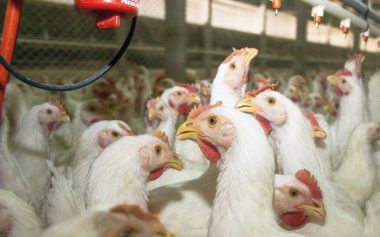
FINAL CONSIDERATIONS
Heat waves and extreme heat, especially in the summer, are very common in practically all regions of Brazil. Proper production management, especially in terms of installation, should always be the first option as a barrier against heat waves.
Understanding the management, how to manage the variables of temperature, relative humidity, air speed and cooling systems are essential to improve the condition of the poultry environment.
